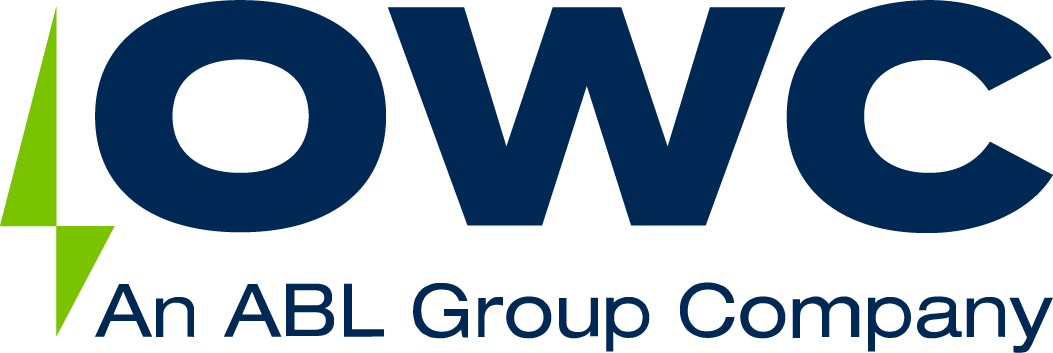Global Wind Day is a day to celebrate and look ahead
Happy Global Wind Day! The 15th of June is a day for us wind professionals to celebrate, not only in what we do and have done, but in reflecting and communicating to the world how wind power is reshaping our world via its energy systems, decarbonising economies and job creation.
When the original Wind Day was launched in 2007 it was mainly a European event and back then it was often termed ‘alternative energy’; a suitable name for what was considered a slightly hippy sideshow of long hair and flip-flop wearing intellectuals. It was often viewed as something inefficient, expensive, unreliable, and certainly not taken seriously as a power industry. I am proud that we live in a different world today, a record 260 GW (80% of all new electricity installed) of renewable energy was installed in 2020, and wind was 111 GW of that total.
So a lot to celebrate. But also a good day to explore some challenges in the decade ahead.
There is a general push for countries to achieve net-zero emissions in their electricity or power sectors by 2035, an aggressive milestone on an increasingly accepted road map towards a global net-zero transition for the heat, power and transport sectors by 2050. Offshore wind has a big part to play in this decarbonisation, it can be deployed at scale and in many cases where the conditions permit, situated close to major coastal industrial and urban centres.
However, as the industry mulls over the implications of the 2035 date, it is becoming obvious that not enough available sites are being brought into the market. In the UK, a recent study by Imperial College London looked at the government’s 2035 decarbonisation targets and assessed that 108 GW of offshore wind capacity is required (as well as 140 GW of storage), and the current 40 GW target falls significantly short. Orsted on Monday called for an increase in leases stating that “there needs to be an exponential increase in the availability of seabed” and based on the development and construction cycle, this needs addressing urgently to make a difference by 2035.
The expected exponential growth in renewables and the wider energy transition bring additional challenges.
Firstly, there has been increased focus on the mineral resource demands of the energy transition and to accommodate ever more renewables and the forecasted EV growth, global mining companies will need to raise the annual production of critical minerals, such as lithium by 500%. But as this mineral and resource opportunity scales up, as I am sure it will, we need to ensure this is managed in a way that is consistent with developing this energy transition in a just way. We must make sure that this transition does not come with environmental or social costs.
Does fighting the climate crisis mean sacrificing communities and ecosystems? Though the mining sector is only just really warming up to this prospective boom, we need to make sure this “race” to secure the minerals needed does not bring new geo-political fault lines, devastated environments or impacted local communities. The companies driving this, the WTG OEMs, the automotive and storage sector and those building projects and new energy infrastructure must not be blind to this. Though it makes sense for governments to ensure the development of new mines is easier and quicker, the risks of overriding environmental and social safeguards must be guarded against and the end users need to take responsibility of these ESG risks.
Another challenge, and closer to home for us in offshore wind, is the skills shortage. This huge growth in offshore wind is driving a fight for experienced talent and risks outpacing the ability to bring in new skilled workers throughout the project life cycle and value chain. The recently published Global Energy Talent Index stated that 57% of respondents to the 2021 report are worried about a potential skill-gap, an increase from 46% in 2019. At OWC we are trying to stay ahead of the curve by ramping up our recruitment and continuing to employ offshore wind experts globally, to support the developers needs from New York to Warsaw to Tokyo.
Looking back again to the first Wind day in 2007, we faced many challenges that have now been overcome and we are now mainstream and certainly not ‘alternative’, something for us all in the industry to be very proud of. The exponential growth ahead of us in a world in the increasing grip of the energy transition, brings us new challenges and risks. What is positive about this, is that – to quote The Economist – these “green bottlenecks are a sign that decarbonisation is at last shifting from being a theoretical idea to a reality”.
And that does make it a good day to celebrate Global Wind day.

Will Cleverly is the global managing director of renewables at ABL.
